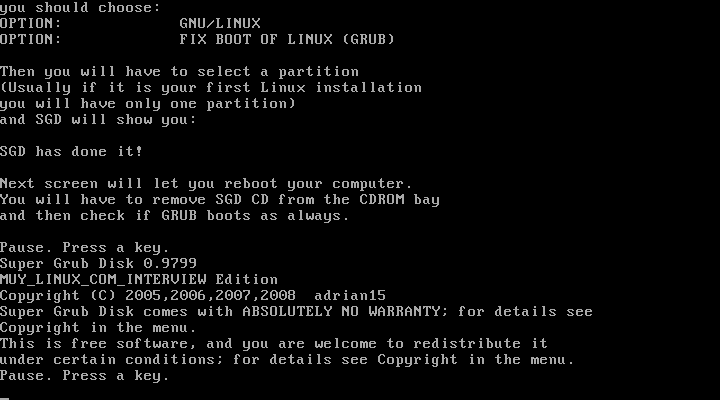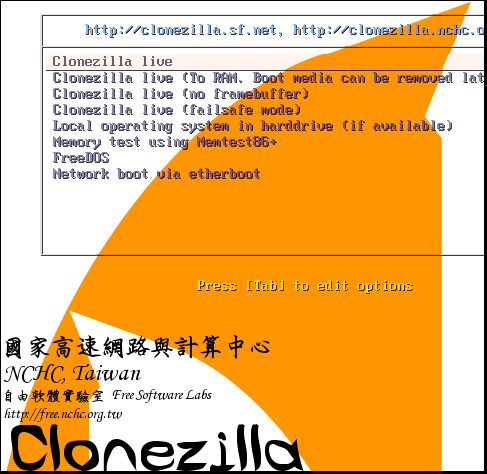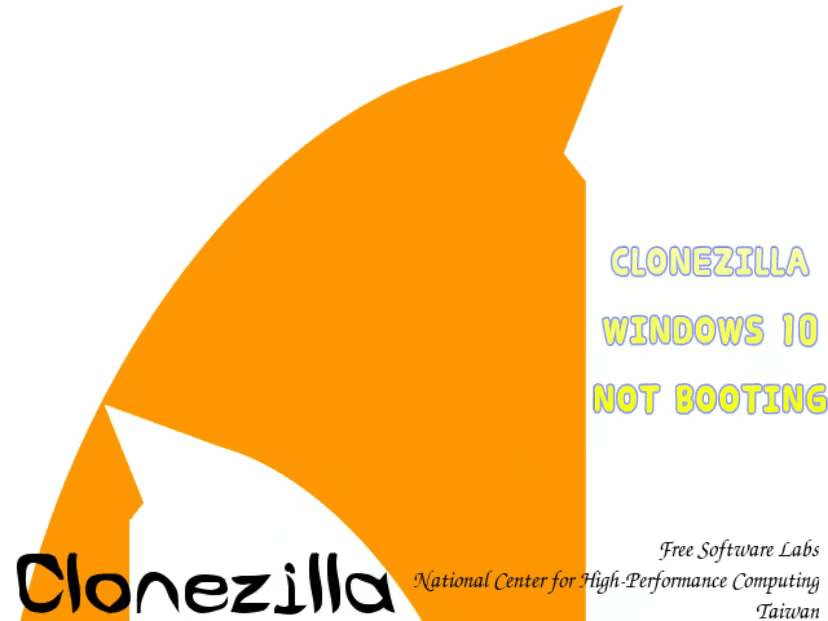

- #CLONEZILLA IMAGE RESTORE WORKSTATION WILL NOT BOOT INSTALL#
- #CLONEZILLA IMAGE RESTORE WORKSTATION WILL NOT BOOT 64 BIT#
- #CLONEZILLA IMAGE RESTORE WORKSTATION WILL NOT BOOT PC#
I did not think about it since I was trying to go strightforward in the installation process (and yes, I also saw also the notices about the introduction of brtfs file system for root partition). I agree with you about the separate boot partition, I am trying to recreate it in the existing installation. I already noticed that disks are now mounted by GUID, so I am expecting that there is no need to change fstab any more. On previous OpenSuse installations, disks were mounted by ID (/dev/disk/by-id). So I'll be back once I have more information about this attempt. I am guessing that this should be possible, and that I am missing something. So I have a correct partition setup but a system that is not booting and I cannot restore grub. with /dev/sdaX.Ībout the attempt to re-create the bootloader, I understood it, but I am now trying to restore it using OpenSuse Rescue Disk, and it fails too. For one the disk ID is different unless you are mounting by an independent ID like labels you will have to edit the /etc/fstabThank you for the hint. Note that there are other gotchas in doing a clone. Please show your appreciation and click on the star below. If you find this post helpful and are logged into the web interface,

SUSE Linux Enterprise Desktop 12 GNOME 3.10.1 Kernel 3.12.28-4-default I also use sgdisk and tar for gpt partition data backup of the ESPĬheers Malcolm °¿° LFCS, SUSE Knowledge Partner (Linux Counter #276890) I use mbr+/boot(ext4)+btrfs or uefi+/boot/efi(vfat)+btrfs > not the same (but both have a UEFI bios). > same (I guess, but I am not absolutely sure). Not the failing thing, but that they try a recreationg,Ī tool like "dd" would clone it properly, if properly used. To recreate it instead (and sometimes they fail). This one I know: "clever" imaging tools do not image "booting". > bootloader? Do you think that I have a broken sda2 partition? > Is there a reason why an imaging tool could not be able to restore the The many times I was bitten) pushes me on the over-careful side. When it works and when not, I prefer not to risk it.Īs I said it is my personal opinion - maybe my age and experience (and I know there are some problems with it, and as I don't personally know
#CLONEZILLA IMAGE RESTORE WORKSTATION WILL NOT BOOT INSTALL#
I would never try to install grub on a btrfs partition. Several will not agree: I would use a separate /boot partition made inĮxt2. You are installing grub2 into a btrfs partition? This is my opinion, and > BTRSF Info: (device sda2): csum failed ino 22764 csum. > BTRSF Info: (device sda2): csum failed ino 22772 csum. I'm not an expert on grub2 or efi installation, so I'll let somebody > Yes, I restore to a different machine, but its hardware should be the Here is the result of fdisk -l from the source PC:
#CLONEZILLA IMAGE RESTORE WORKSTATION WILL NOT BOOT 64 BIT#
The only 64 bit target I found on the system is x86_64-efi, but when I force it with the related option the installer says that it cannot find the efi partition. By default grub2-install considers the system i386. I tried to follow this (old) guide:, but I am unable to figure out the correct settings. The obvious following attempt was to install bootloader from command line, using rescue image and grub2-install. I manually tried to recover the bootloader, but even the Rescue System keeps telling me that there is an error while installing the bootloader (yast gives no additional information). While partitions are restored correctly (I can mount them and see the files using a live image), bootloader is not getting restored.

Now, I installed OS 13.2, with default settings, and I tried to created an image from it (by the way, I followed their instruction website and I used the alternative ubuntu based version with support to UEFI secure boot, even if, from my understanding, it is not used by default on this version).
#CLONEZILLA IMAGE RESTORE WORKSTATION WILL NOT BOOT PC#
I've always installed the operating system on one PC and restored it by using Clonezilla ( ). I started with Suse 11, and now I am trying to switch to latest version, 13.2. It's years I am using OpenSuse for a set customized PC I am workin on.


 0 kommentar(er)
0 kommentar(er)
